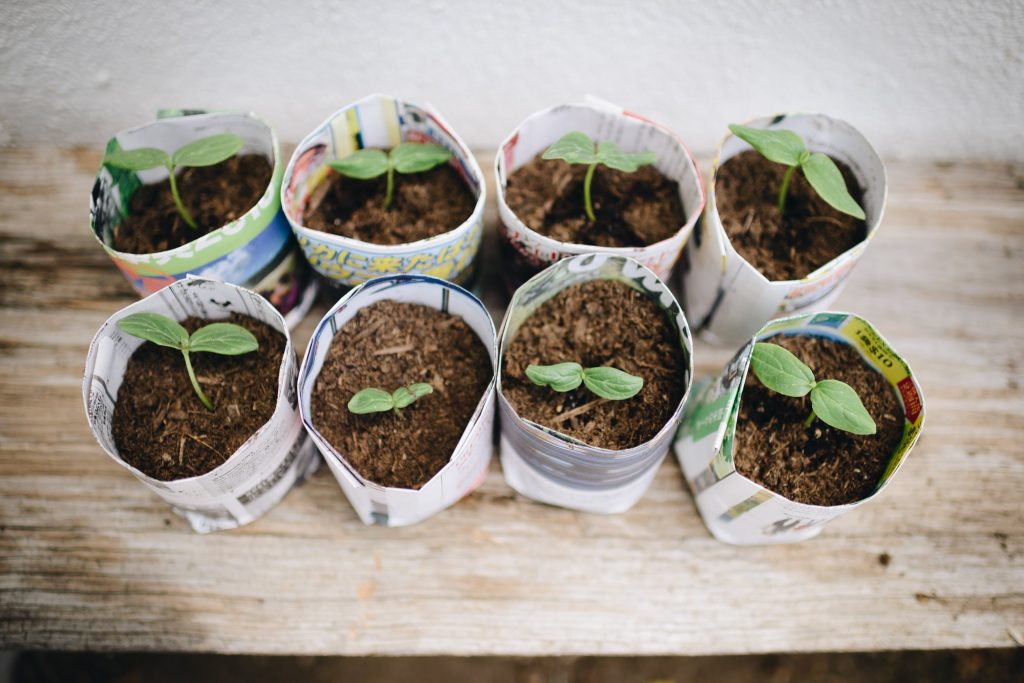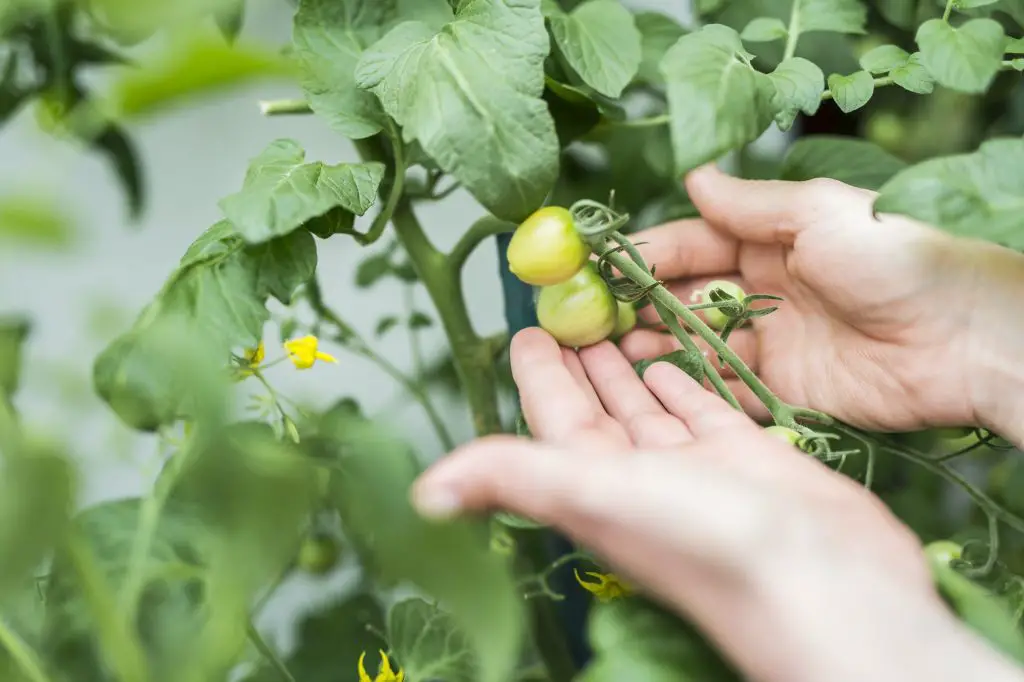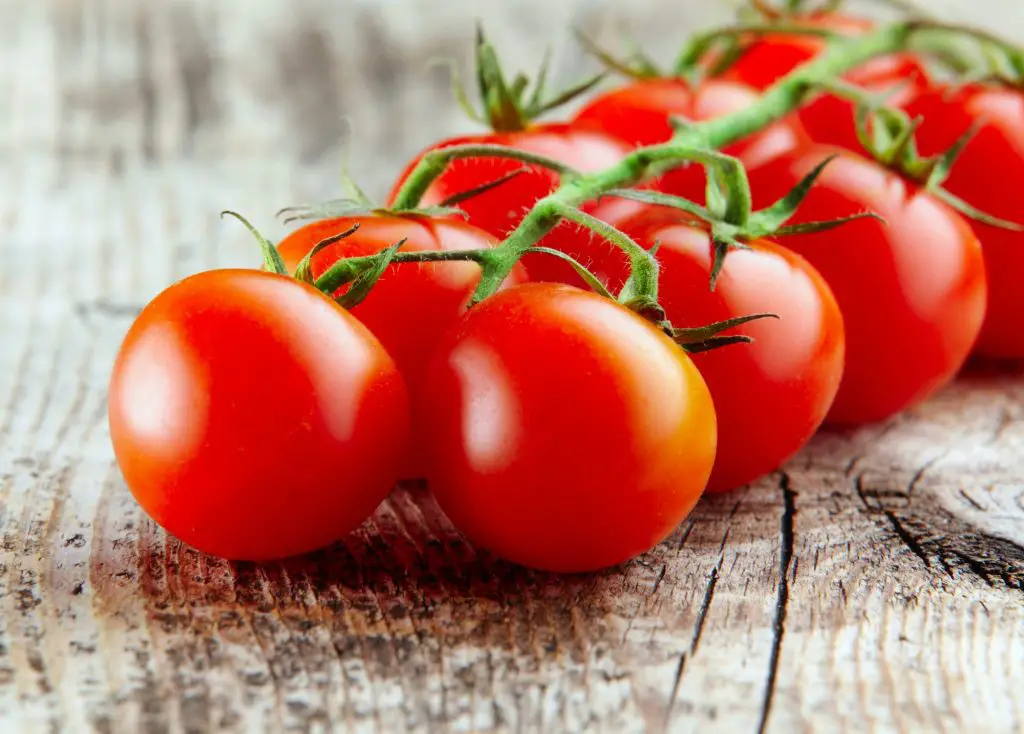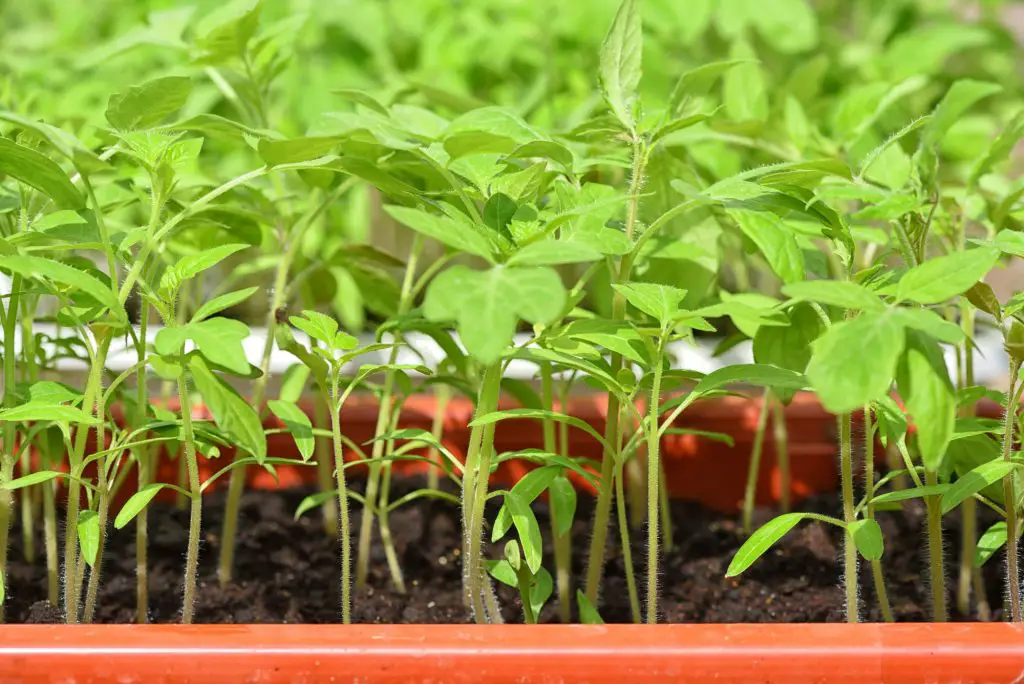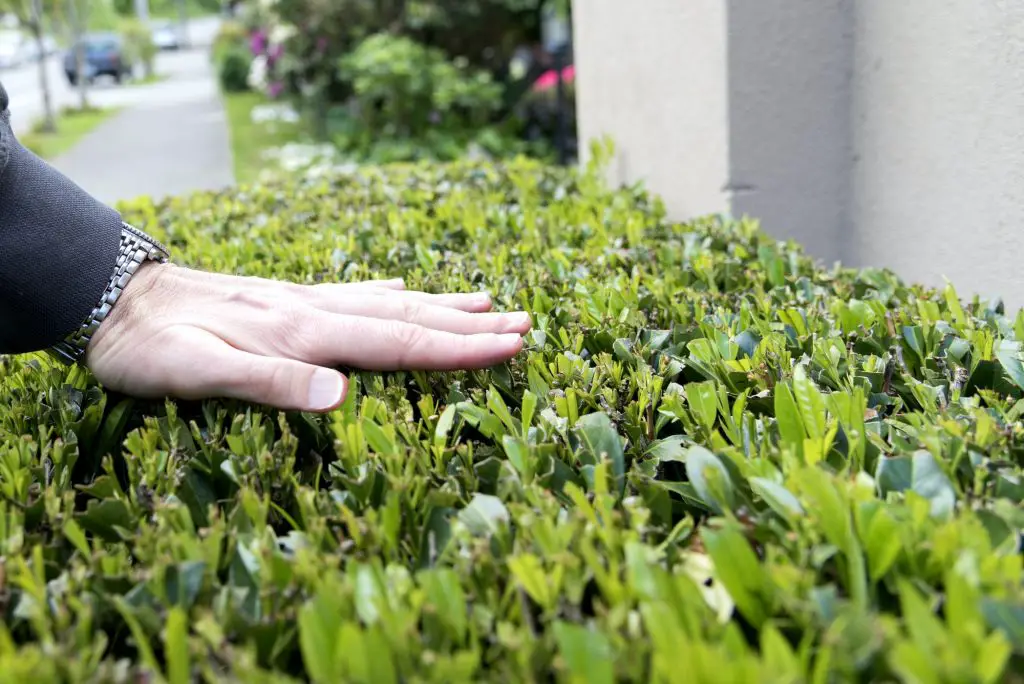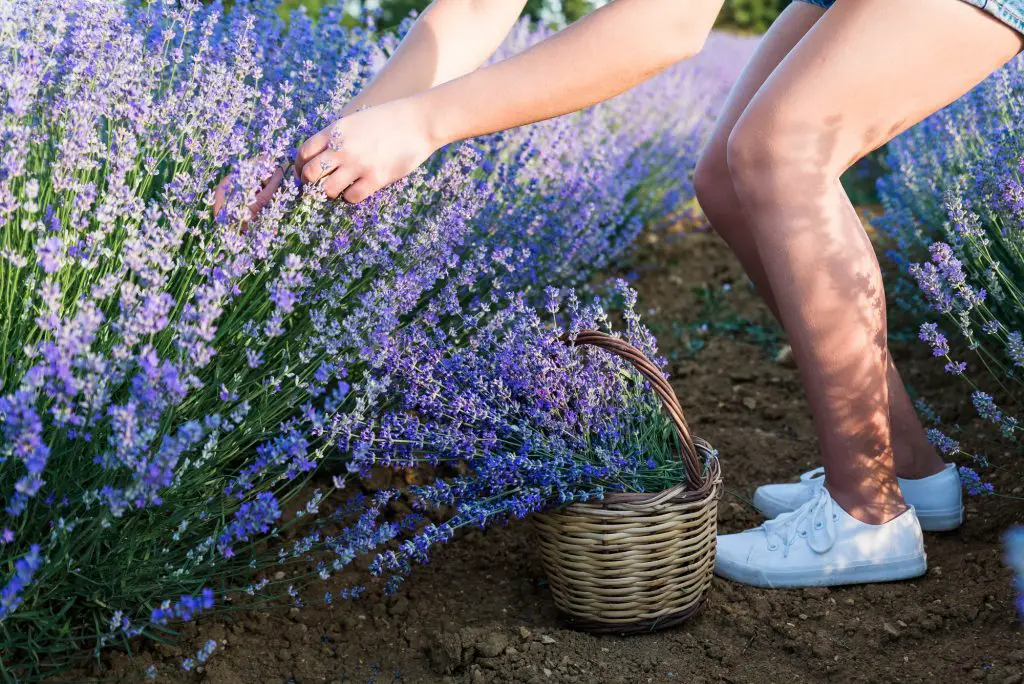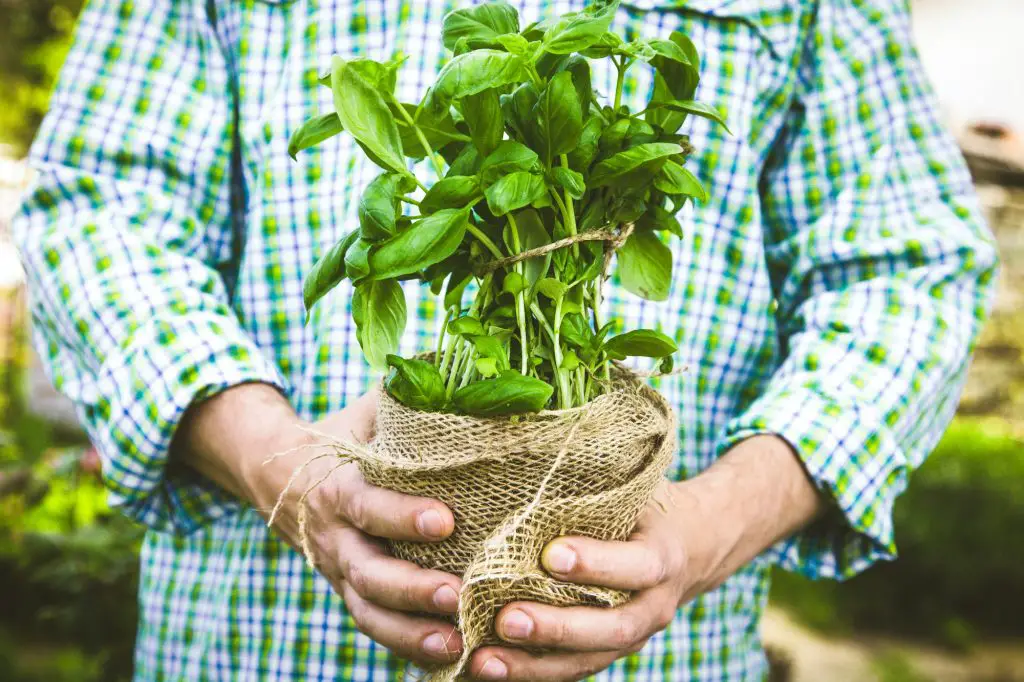What vegetables grow well together in containers? The art of growing different plants together isn’t new to the gardening world, it has been on for a couple of years and has a lot of benefits. This practice is called companion planting.
Companion planting is simply the art of growing different plants/vegetables together for their benefits to one another. i.e, Pollination, pest control, better crop production, etc.
With companion planting, you do not have to worry about not having enough space in your surroundings. Companion planting can be done in your vertical garden, almost everywhere, and in different types of containers. However, this is dependent on the type of plant/vegetable you choose to plant and other determinants.
Not all plants can grow with others, hence it is important to know the various types of vegetables you’ll be growing, to avoid loss. This is why we have provided you with 10 vegetables that can grow together and their benefits to one another!
Table of Contents
10 Vegetables That Grow Together In Containers
1. Basil and Tomatoes
Basil and Tomatoes are one of the most perfect pairs for companion planting. Basil is a herb with a strong smell and many benefits, while this strong aroma is pleasing to us, they chase off some insects from the plant.
Planting Basil alongside tomatoes repels insects like house flies, mosquitoes, aphids. These mosquitoes are causing so much damage to tomatoes but with the strong smell of the basil, they are easily sent off. Although there is no scientific evidence to back up this claim, a lot of gardeners have testified to its potency.
The basil also makes the tomatoes taste better and increases productivity. This happens because, while you plant them together, they share nutrients beneath the soil surface.
2. Broccoli and Onion
Broccoli is one of the families of cabbage, this vegetable is one of the most nutritious in the vegetable family. It has been found to reduce the chances of various kinds of cancer. Broccoli can grow well in a cool place and places where it can get the sun.
Broccoli Planting the onion side by side with broccoli is said to improve its taste.
3. Carrot and Onion
Carrot and onions are a great combination for companion planting. Gardeners who plant carrots dread the insect that destroys their produce before it is harvested. The carrot fly is a fly that is always attracted to the smell of the carrot; hence the name.
Although some farmers make use of some kind of covering for their plants and they’ve successfully grown their carrots. However. There is a much better way in companion planting and that is planting carrot and Onion. The smell of the onion prevents the carrot from disturbing the growth of the carrot.
4. Pepper and basil
Like the combination of tomatoes and basil. Pepper and basil are friendly and beneficial to one another. They can be planted together in a container. Basil, due to its strong smell helps send off insects that usually damage the pepper I.e, house flies, spider mites, etc. Basil also makes the paste of pepper better. However, don’t try to grow your pepper with Brassicas, beans, etc
5. Carrot and beans
Beans are known as a leguminous plant, and these plants are known for enriching the soil with nitrogen, through the nitrogen-fixing process. This means that, when you plant beans alongside your carrot, you can be assured that your carrot will grow in healthy and rich soil.
6. Lettuce and garlic
Garlic serves as a good neighbour for lettuce, whether in plastic or on the ground. Because of the smell that garlic possesses, it naturally wards off insects that disturb and damage the lettuce, this way, the garlic is protecting the lettuce until maturity.
7. Leeks and onion
Although onion and leeks are from the same family, and it is quite unlikely for plants from the same family to grow well, together, this is not the same with these two. Leeks are beneficial for holding flies away from onions. Planting them together isn’t difficult or stressful too because they require the same nutrients and environment to grow well
8. Cucumber and Radish
It may seem as though the cucumber cannot be planted in a container, and with other plants, however, this is not so. You can grow your cucumber in a container and alongside other plants. Because of the long sprawling vines of the cucumber, the cucumber leaves space for other plants to be grown at the bottom. Radish is an example of plants that can be grown alongside your cucumber.
Radish protects the cucumber from cucumber beetle, a pest that damages the cucumber plant. Radish serves as a protection for your cucumber and can be left there until your cucumber reaches maturity.
9. Tomatoes and marigold
Marigold is a good companion for tomatoes, they increase the productivity of the tomatoes plants, leading to more tomatoes, they also protect tomatoes from nematodes and several other pests. Caring for them together won’t be stressful because they grow in the same weather condition. Make sure you do not make use of your regular garden soil to plant this combination because your garden soil may possess diseases or weed seeds. The best soil to use for planting in potting soil and compost.
10. Rosemary and Broccoli
The rosemary isn’t one herb that does well as a companion plant with other herbs, however, it does live well with some vegetables. One of these vegetables is Broccoli. Rosemary helps the broccoli by protecting it from insects and pests. In return the broccoli enriches the soil, helping the rosemary grow healthy.
Many other plants grow well, together with both in containers and on lands. The three major benefits of plants growing together are ;
- To ward off pests and insects
- To give nutrients and improve the growth of other plants
- Finally, plants are majorly combined for great tastes.
Conclusion
The benefits of growing plants together are however not limited to these.
The next time you think of improving your plant nutrients, taste or you’re looking for a way to keep your plants from pests, consider companion planting.

